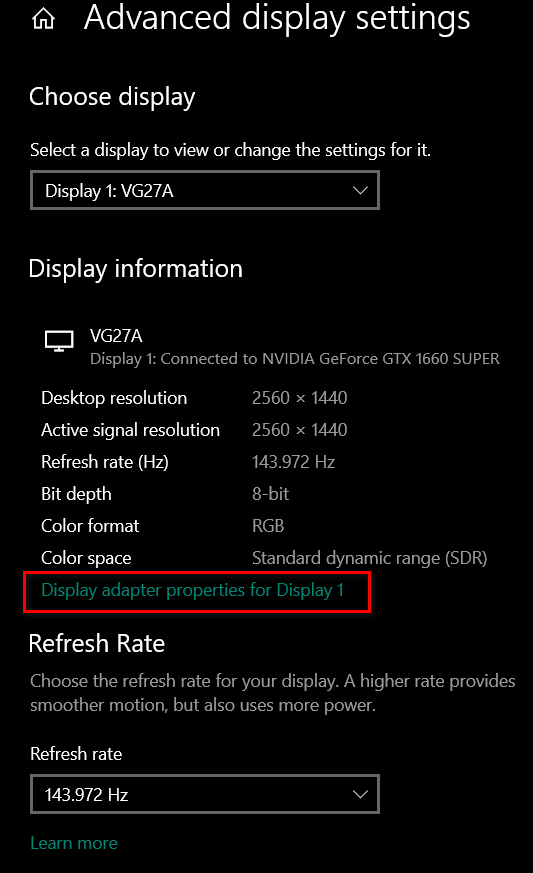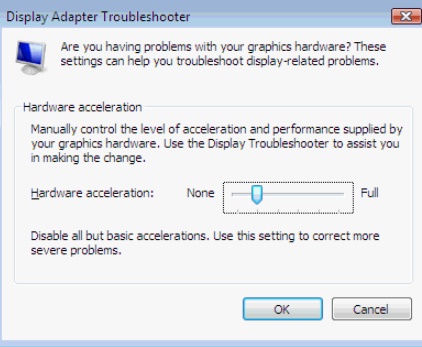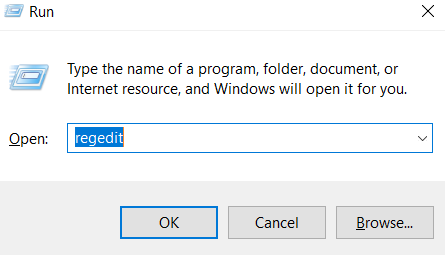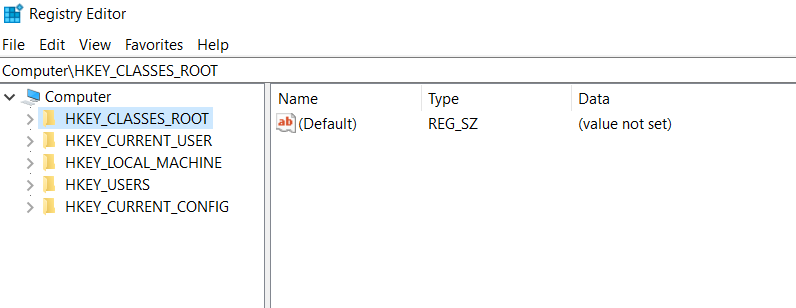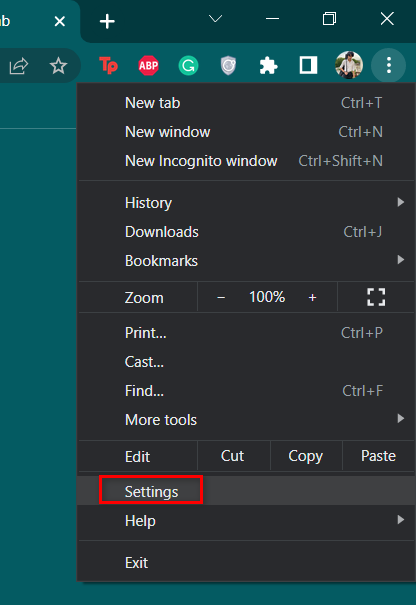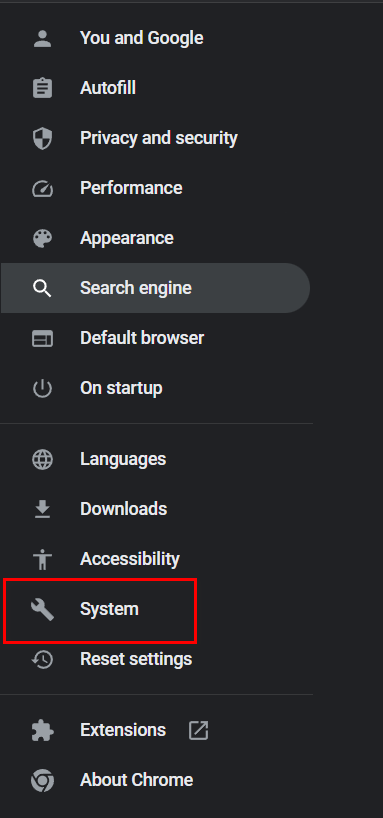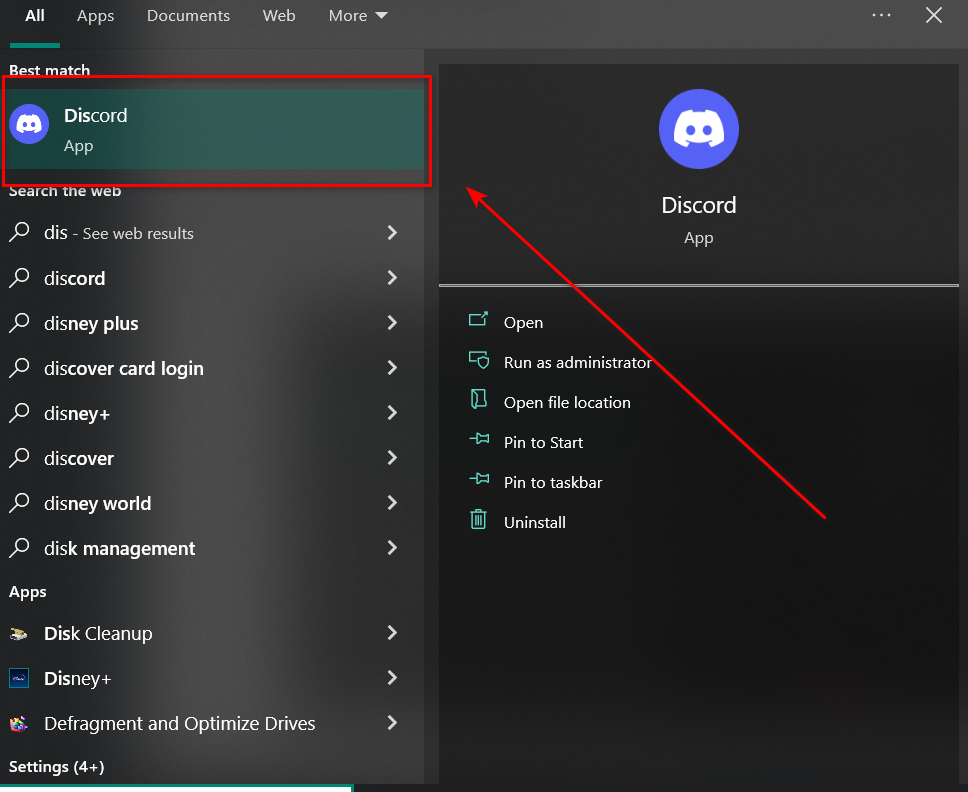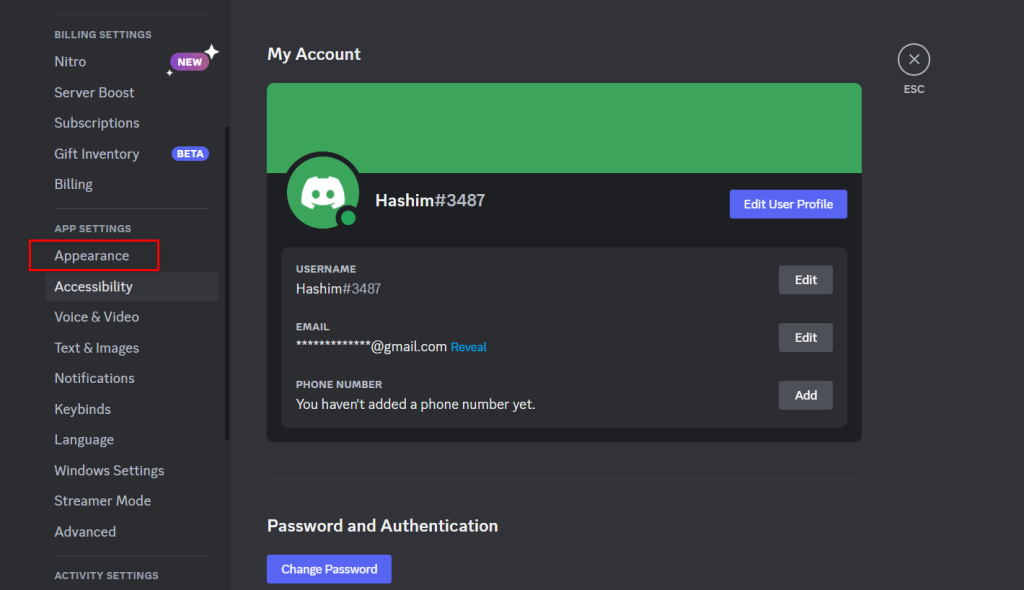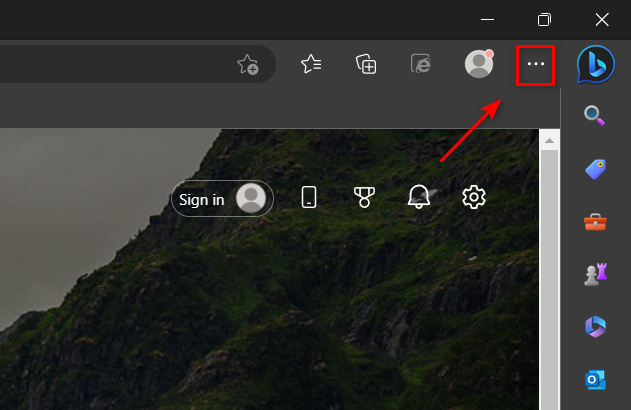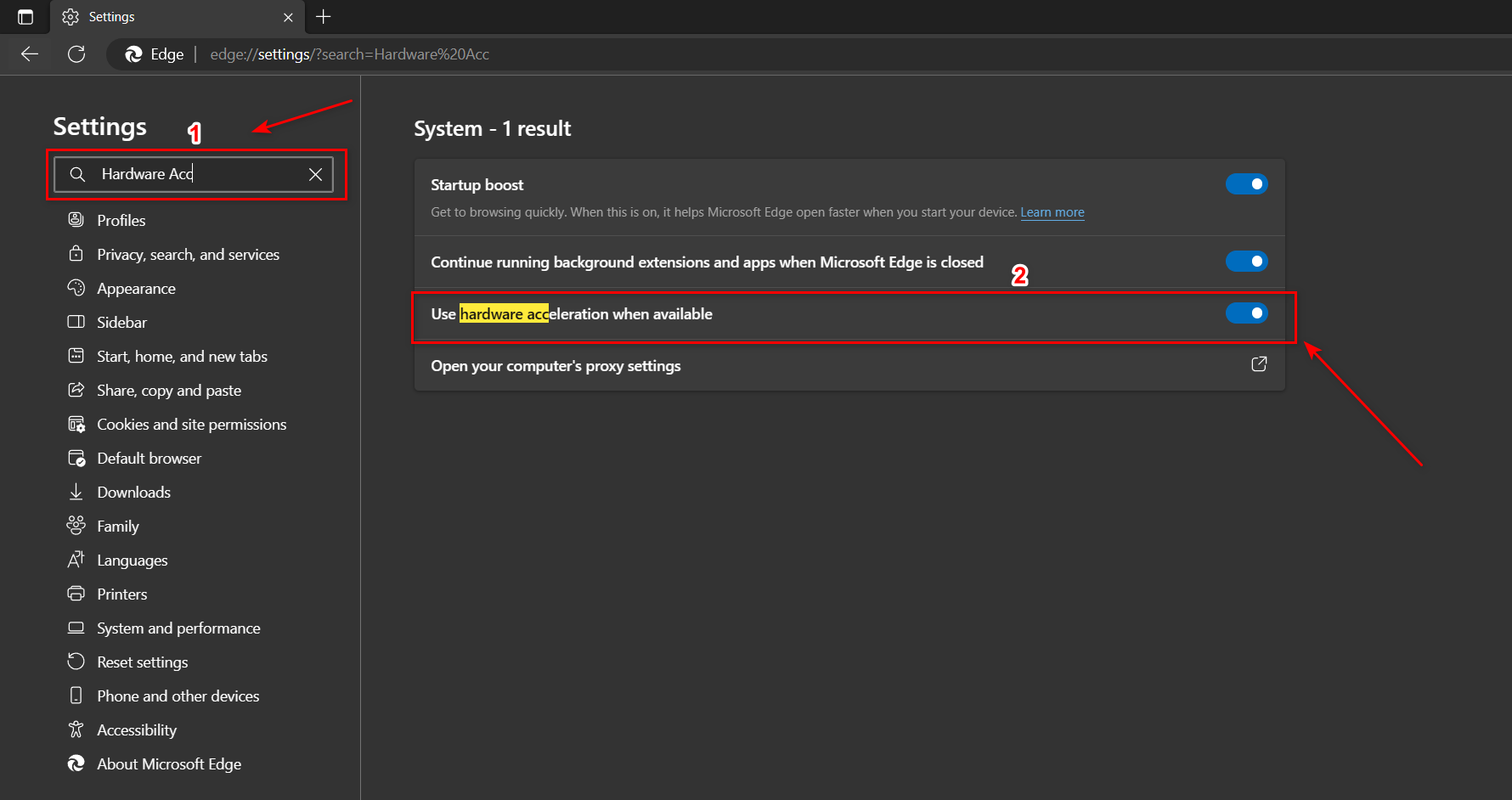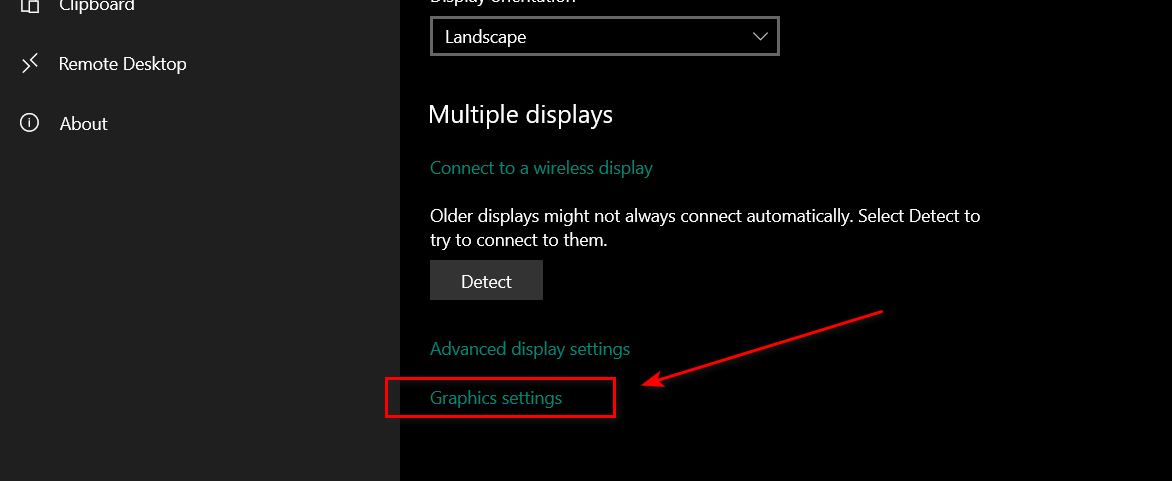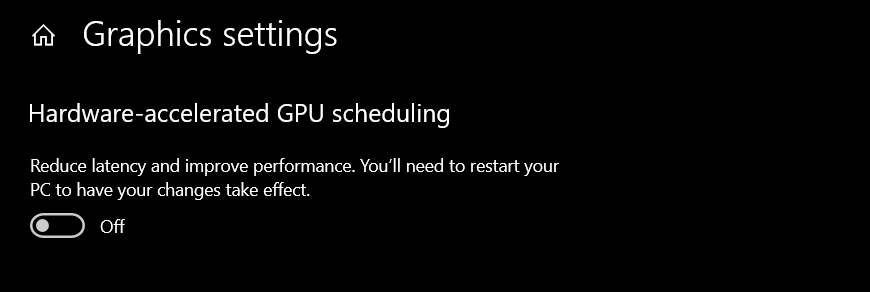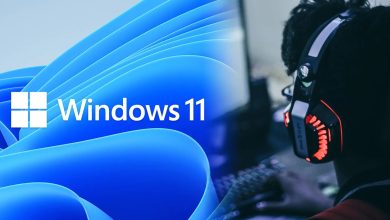Your computer has to perform multiple tasks, like playing videos, running games, or displaying images. However, certain hardware components are better suited to perform specific tasks than others.
When Hardware Acceleration is turned on, your computer uses these specific hardware components to perform specific tasks. Reducing overall load and making more balanced use of the capabilities of integrated Hardware Elements. However, this feature can raise multiple compatibility issues and might make your experience more sluggish.
- You should disable Hardware Acceleration when your PC becomes slow and fails to launch apps and browsers without freezing.
- You can disable this feature in Windows in two different ways. One is through Settings, and the other is through the Registry Editor.
- For Google Chrome, you can disable it by accessing System Settings.
- When it comes to Discord, you can disable the feature through the Appearance option in App settings.
- Microsoft Edge makes things easier. You can disable the feature by simply searching it in Settings.
- You can disable the scheduling of this feature through the Graphics Settings in Windows.
- To start things off, I recommend checking out wikiHow’s and MakeUseOf’s detailed articles on hardware acceleration and why you should disable it.
Before I start this guide, here’s a quick rundown of the pros and cons for Hardware Acceleration:
| Pros | Cons |
|---|---|
| Improves application performance | It may unnecessarily increase CPU and GPU utilization |
| Frees up CPU to handle other tasks on hand | Increase temperature of your PC |
| It's great to reduce power consumption of your PC or Laptop | Lets background apps utilize GPU lowering your in-game FPS |
| May introduce stuttering, freezing and even crashing in games |
Why Disable Hardware Acceleration?
Enabling Hardware Acceleration should improve the performance of your PC, in theory. However, at certain times, an app with this function enabled may stop responding, or the video playback and display might freeze, among other problems[1]. In certain cases, it may even improve things like a browser’s performance in general.
Since each user’s PC is different and has different hardware components, the problem of running the fully functioning app may be associated with Hardware Acceleration. At that point, it would be wise to turn off this feature and see if your PC runs more smoothly.
I can list several forums that contain reports of experienced users warning others about how problematic hardware acceleration become for them. They all suggested others disable it to avoid issues with their PC.
Here are some of the forums I came across:
How to Disable Hardware Acceleration in Windows?
Disabling Hardware Acceleration in Windows is recommended when day-to-day tasks like opening files, playing videos, or launching applications become slow[2]. There are two methods of doing so, and both are quite simple, so just follow the steps listed below!
Windows Display Settings Method
This one’s easy, and it only requires you to access Windows display settings.
Here’s what to do:
- Press Win, and search for Settings.
- After that, click on System.

Open System Settings - After that, you will automatically be in Display Settings. Now, find Advanced Display Settings. It will be on the bottom.

Navigate to Advanced Display Settings - After that, click on Display Adapter settings.

Click on Display Adapter Properties - Next, Click the Troubleshoot Tab beside the Color Management Tab.
- You will be greeted with the Hardware Acceleration section. Just move the pointer fully towards the left and Press OK.

Disable Hardware Acceleration - Restart your PC.
Now that you have all these steps, simply start using your PC again and feel the difference. We are positive that the experience will be much better.
Registry Editor Method
This method is more suited for people who are a bit more tech-savvy. You will be required to open the Registry Editor of your PC, which is relatively a bit more complicated.
Here’s what you got to do:
- Press Win + R. This will access your PC’s run application.

Open Run - Next, enter regedit, and press OK.
- You will be greeted with a “Do you want this app to make changes to your devise?” message. Press Yes.
- The Registry Editor will have a design like it’s from the 1980s, but there is no need to be intimidated. Just find HKEY_LOCAL_MACHINE\SYSTEM\CurrentControlSet\Control\GraphicsDrivers on the left side of the screen.

Registry - Next, right-click on GraphicsDrivers and then click on New > Dword(32) Value.
- Set the Value name to be DisableHWAcceleration.
- Set the Value Data as 1.
- Set the Base to Hexadecimal.
- Click OK and close the editor.
- Restart your PC.
We are confident that either one of these two methods will work for your device.
For Google Chrome
In Chrome, boosting hardware acceleration means your PC will use your GPU to play games or stream videos. However, this often causes Google Chrome to freeze and sometimes even crash. This also reduces the battery significantly if you are using a laptop.[3]
Disabling this feature on Google Chrome is quite simple; the steps are listed below:
- Press Win, and search for Google Chrome to fire it up.
- Next, find the Options for Google Chrome on the right-hand side of your screen. It will be right next to your profile picture. 3 dots represent it.

Options for Google Chrome - Next, after hovering on this options icon, you will be presented with all the available options. Press Settings.

Settings for Google Chrome - After pressing Settings, navigate to the System option.

Access System in Chrome - You will be greeted with an option to Use Hardware Acceleration when available via a toggle bar. Press the toggle bar to disable it.

Disabling Hardware Acceleration in Chrome
Now that you are done with all these steps, we recommend you close Chrome and fire it up again. We are sure this will make a difference, and your Browser performance will become smoother.
For Discord
Disabling Hardware Acceleration on Discord can increase the performance of your device significantly. It may also improve FPS in gaming applications.
Discord does not seem like much, but it consumes much system power. It also automatically turns the app Overlay on once it is installed.
Here’s what you need to do:
- Press Win, and search for Discord.

Open Discord - Next, open settings in Discord.

Open Settings - Next, navigate to Appearance. It will be under the App Settings section.

Appearance in Discord - Next, locate the Hardware Acceleration toggle bar at the bottom. Simply switch it off.
- Press Okay when Discord asks you to confirm.
You are all set; we are confident this will fasten up your PC if Hardware Acceleration in Discord was the issue.
For Microsoft Edge
Disabling Hardware Acceleration in Edge is the easiest of them all.[4]
With these simple steps, you will be done:
- Firstly, press Win and search for Microsft Edge.
- Next, locate the options icon on the right side of the screen, represented by 3 dots.

Options in Edge - Once you are done with that, an array of options will appear. Select Settings. This will open a new tab with all settings in Microsoft Edge.

Open Settings in Microsoft Edge - Now, you only need to search Hardware Acceleration in the settings. A toggle bar will appear, allowing you to Disable Hardware Acceleration. Simply press it to disable it.

Disable Hardware Acceleration in Microsoft Edge
With these simple steps, you can disable this feature in Microsoft Edge.
Disabling Hardware Accelerated GPU Scheduling in Windows
This feature allows the GPU to schedule its tasks effectively without interference from any other hardware component. This reduces the time it takes to process each task and also helps in improving system response time.
However, there are many reasons, like compatibility issues, increased power consumption, and Performance Issues that arise once you turn this feature on.
It made my PC slow when I enabled it, and disabling it made it much faster:
- Access Windows Settings.
- Next up, click on System.
- After that, you will automatically be greeted by all Display Settings. Scroll down below, and you will find the Graphics Settings option.

Open Graphics Settings - Finally, you will see the Hardware-Accelerated GPU scheduling option. Click the toggle bar to disable it.

Disable Hardware Accelerated GPU Scheduling in Windows - Restart your PC.
Once restarted, you will see a massive difference in performance.
I have addressed almost every way to disabling Hardware Acceleration on all platforms. We are sure that if your PC is facing performance issues, disabling this feature is the way to go. If we missed any platform, do let us know in the comments below!
References
- GeeksForGeeks: “How to Disable Hardware Acceleration on Windows 10?.”
- Paulding County School District: “Disabling Hardware Acceleration to Improve Computer Performance.”
- OrgChart: “Turn Off Hardware Acceleration in Chrome.”
- GeeksForGeeks: “How to enable or disable hardware acceleration in various browsers.”
Thanks! Do share your feedback with us. ⚡
How can we make this post better? Your help would be appreciated. ✍


